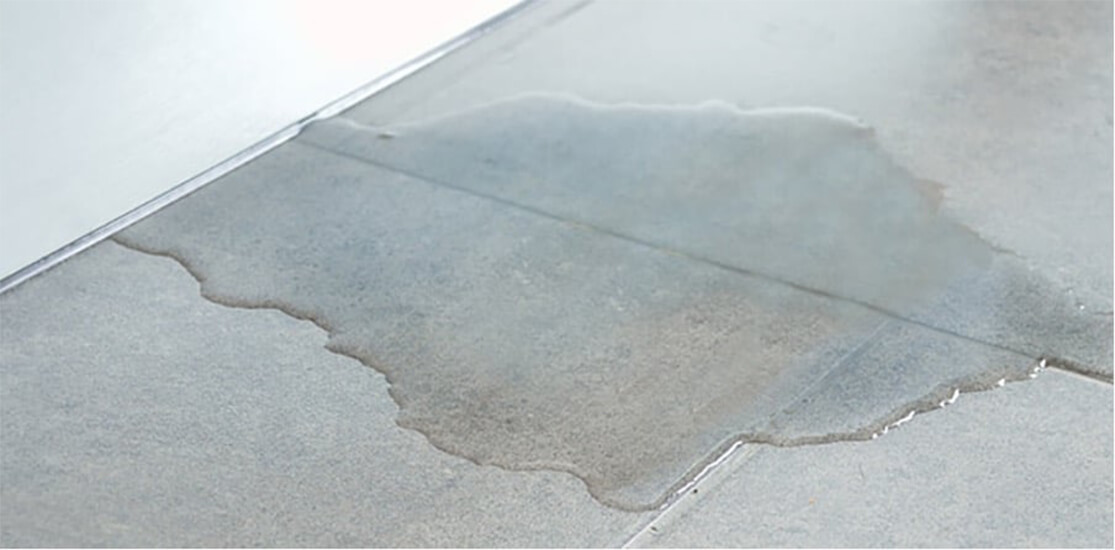How To Detect A Slab Leak?
“If there is one problem that homeowners should be aware of, it is a slab leak. These sorts of leaks are hidden agents that cause havoc by leading to mould growth and foundation damage.”
WHAT IS A SLAB LEAK?
A slab leak’ is a fresh water leak that occurs in the pipes inside the poured foundation. A leak can occur for a variety of reasons, including electrolysis, corrosion, c-flux, or old soldering that causes corrosion to pipes inside the walls or roof surface. Quality of water will also cause havoc with time.
How Do Slab Leaks Happen?
The major causes of slab leaks are foundation shifts and pipe deterioration over time. Since copper pipes often pass through the foundations of older homes, they are more vulnerable to slab leaks. If copper pipes are not replaced after around 50 years, they tend to deteriorate, resulting in sewage and main line leaks.
A slab leak can often remain unnoticed for extended periods of time. As a result, your foundation will be damaged, as well as other serious damages. The leak is usually on the hot water pipe. For example, Hot water leaks can occur as a result of the continual expansion and contraction of the pipes over time. However, cold water leaks can also occur, but they are obviously less common. Many leaks under your home’s foundation are discovered when you observe ‘hot spots’ on the floor.
As a result, you must understand how to detect a slab leak before it causes major structural damage.
Spots on the floor
A spot does not always indicate a dried paste that spilled on the floor a few days ago. It might indicate something serious, such as a leaky slab. Spots indicate that the hot water lines running below the slab are fractured or have holes in them. Warm spots are common because hot water promotes corrosion owing to chemical reactions on the pipe. A hot patch on the floor might also indicate a leaky valve on the bathroom sink or shower along the slab.
Raised “Dome” In the Floor
If the leak is serious enough and continues for a long enough period of time, you may observe damage to your flooring in the form of loops in the shape of the floor. The formation of a “dome,” or lifted spot in the floor, is a common event after severe water damage. While the appearance of a dome in your floor might help you pinpoint the area of the leak, it also indicates that serious damage is being done to your home’s foundation.
Sound of Water running on the Walls
The sound of flowing water in your walls is a sure sign of a slab leak. Close any running taps in the house and listen to any sounds coming from the walls to see if this is the problem. See the water meter on the wall. If you observe the pointer running, this indicates that there is a secret running source, which might be a slab leak.
Increased Water Bills
Your water bill may sometimes increase for no apparent reason. If your usage rate is consistent and you observe a sudden spike in water bills, you should look into it further since it might be a slab leak.
The majority of leaks occur inside the slabs, making them difficult to locate and notice with the human eye. A rising water bill indicates that you are either using more water or that there is a leak somewhere in your house.
Low Water Pressure
Debris in the water, defective valves, mineral build-up in the pipes, and water leaks are all major causes of low water pressure. If all other possibilities have been explored, the low water pressure is most likely due to the slab leak. Determine all water points in your home to figure out the exact reason of low water pressure. Run the water to identify the low-pressure areas.
General Problems Around the House
Aside from foundation issues, slab leaks cause plenty of other problems around the house. Cracks in the walls and flooring, as well as general odours throughout the compound and within the home, are indications of such issues. Inform your repair expert about any other issues to help him or her in determining the best repair method.
What to Do If You Suspect a Slab Leak?
“When leakage occurs under your home’s concrete slab, identifying the location isn’t always simple.”
There are destructive and non-destructive ways for locating an under slab leak. Shovels and drillers are examples of destructive tools. Electromagnetic amplifiers and electromagnetic pipe locators are examples of non-destructive tools.
If you are sure that there is a slab leak, you must consider your repair alternatives. You may either hire a foundation repair specialist or a regular plumber. Once the leak has been identified, the plumber can decide if re-plumbing or replacing the line is the best choice. If the pipe is severely damaged or if it is outdated, you may need to replace the entire pipe. This involves removing the entire flooring, jackhammering the concrete slap, and gaining access to the pipe. This procedure is both costly and inconvenient.

